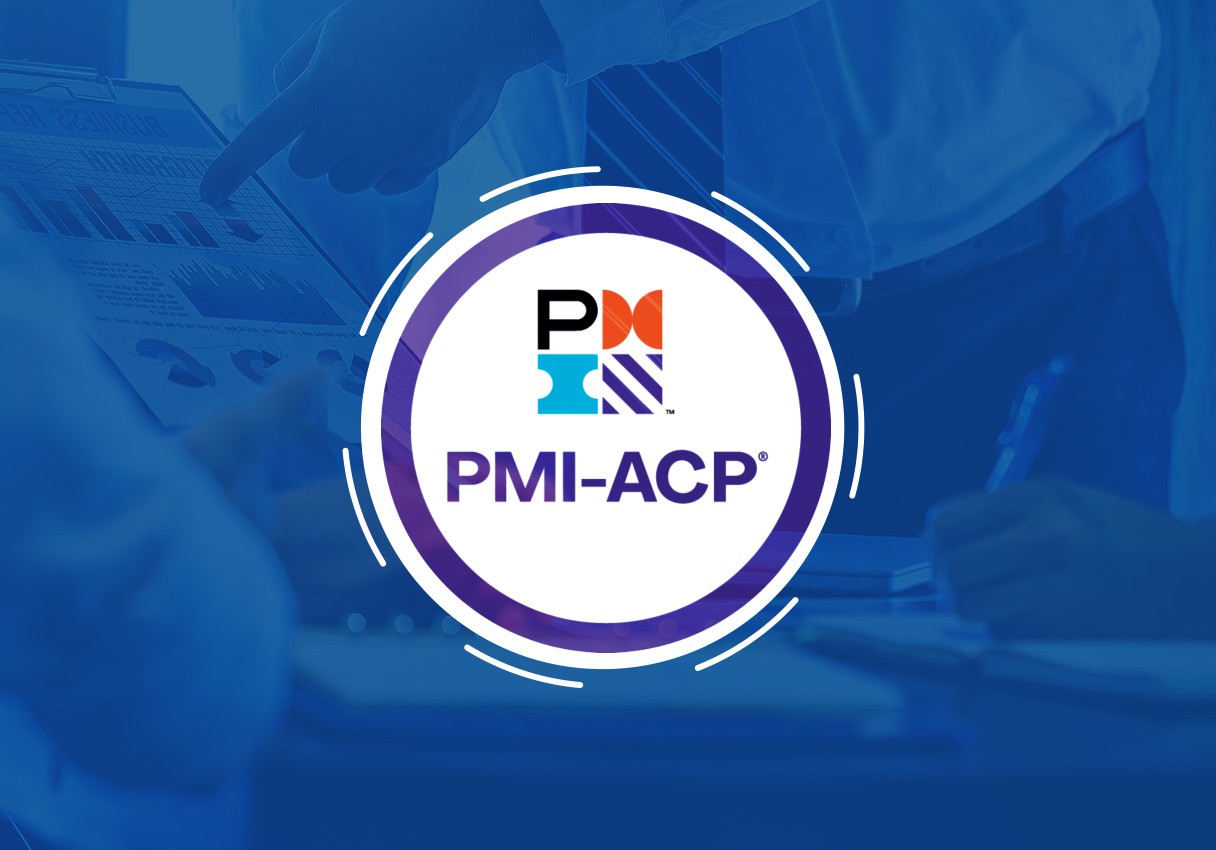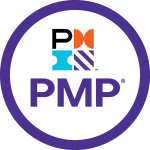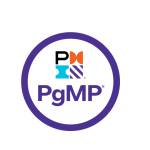Course Overview:
The PMI-ACP (Agile Certified Practitioner) course is designed to equip individuals with the knowledge and skills to effectively use Agile methodologies in project management. Offered by the Project Management Institute (PMI), this course is ideal for those seeking a deep understanding of Agile principles and tools such as Scrum, Kanban, and XP. Earning the PMI-ACP certification distinguishes practitioners as experts in Agile project management, which is particularly valuable in dynamic environments that require adaptability and quick responses to change.
Course Objectives:
- Understanding Agile Fundamentals: Equip participants with a thorough understanding of Agile principles and the importance of Agile in enhancing project management.
- Practical Application of Agile Tools: Provide the skills necessary to use various Agile tools and techniques, such as Scrum, Kanban, and Lean.
- Enhancing Team Collaboration: Learn how to improve communication and collaboration within teams using Agile principles.
- Managing Risks and Changes: Enable participants to handle risks and changes more effectively by applying Agile methodologies.
- Boosting Productivity and Efficiency: Develop management skills that help enhance productivity and deliver added value to projects.
Training Content:
- Introduction to Agile: Overview of Agile principles and values, and the differences between Agile and traditional project management approaches.
- Agile Frameworks: Explore frameworks like Scrum, Kanban, and XP.
- Planning and Risk Management: Learn how to plan projects flexibly and manage risks and changes.
- Collaboration and Communication: Tools and techniques for improving team communication and collaboration.
- Performance Measurement and Continuous Improvement: How to measure performance and apply continuous improvements using Agile practices.
- Test and Knowledge Evaluation: Preparation for passing the PMI-ACP exam.
Target Audience:
- Project Managers: Those looking to enhance their project management skills using Agile methodologies.
- Project Team Members: Individuals wanting to improve their performance within teams by using Agile methods.
- Developers and Designers: Working in environments that require high flexibility, such as software development.
- Consultants and Change Managers: Assisting organizations in transitioning to Agile.
- Professionals Seeking PMI-ACP Certification: To enhance their job market prospects.
4o mini






